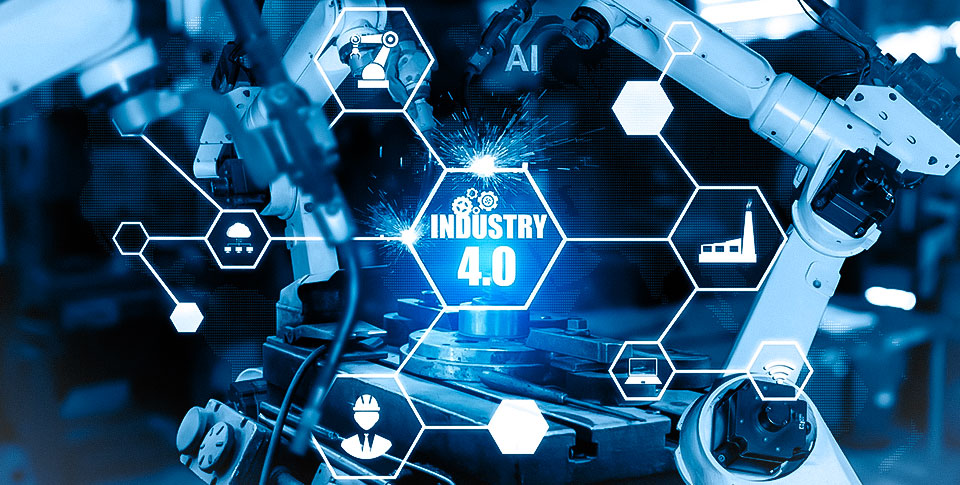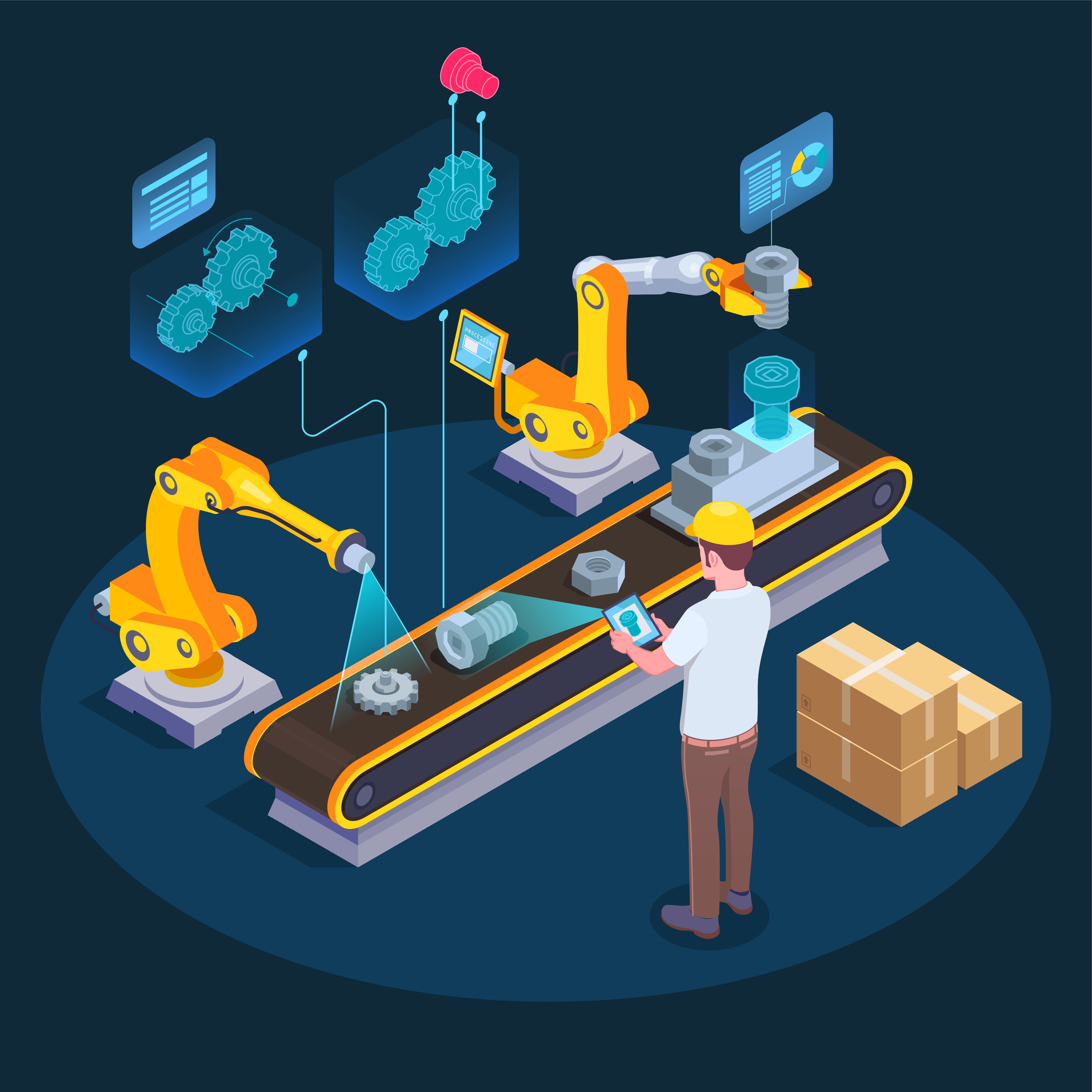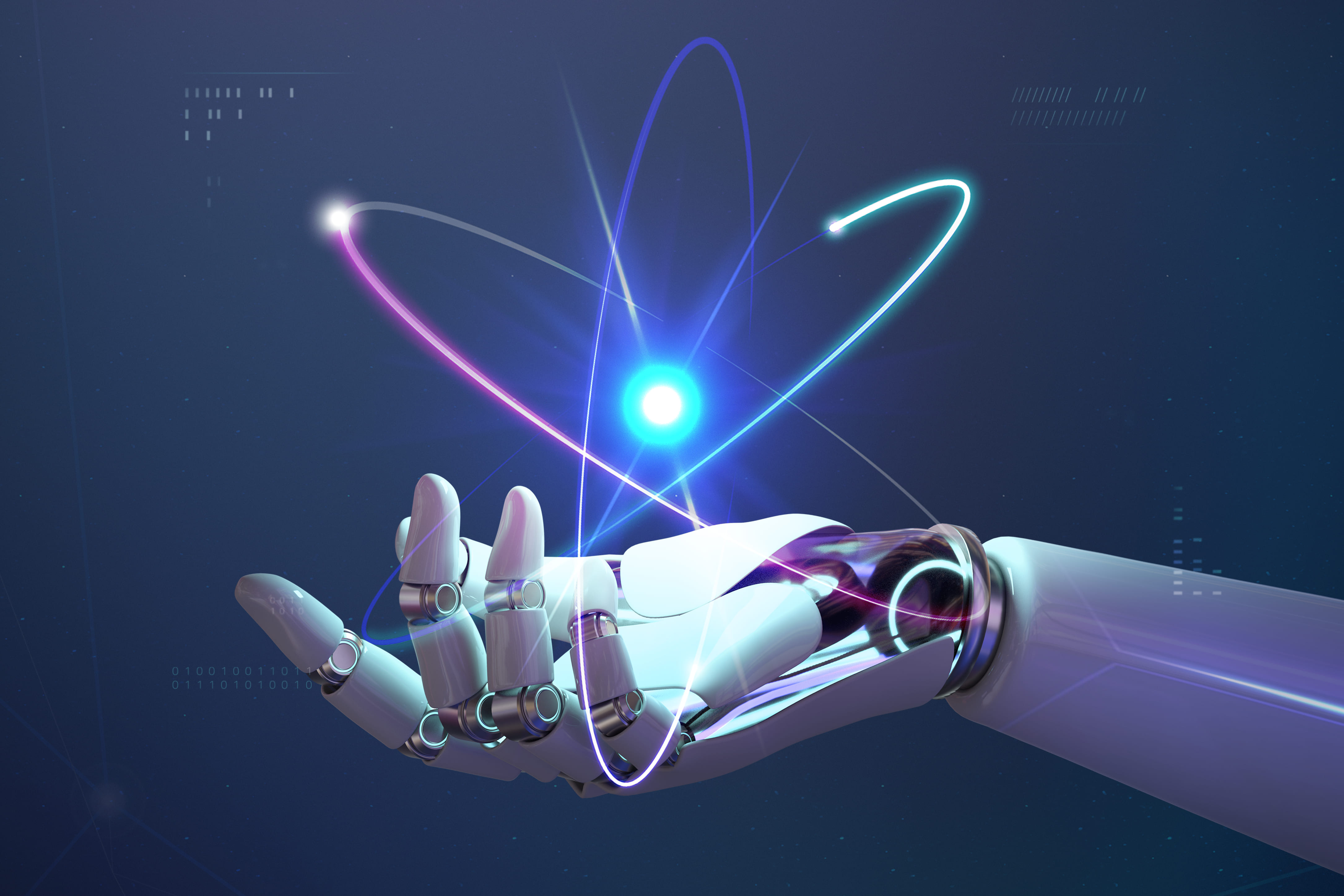
What Is Industry 4.0 and the Industry Disruptions
What Is Industry 4.0 and the Industry Disruptions
Organizations operating across various verticals face a common challenge of interconnectedness and real-time insights across their process, products, partners, and people.
Industry 4.0, focussed on interconnectedness, automation, and real-time data, helps transform the working process and growth of an organization.
With several advanced digital technologies, from IoT, AI/ML, additive manufacturing, and industrial internet to big data and analytics, Industry 4.0 supports industries across manufacturing, logistics, and many other industries to thrive and grow.


What Is Industry 4.0 and
How Is It Shaping Up Over the Years
The development of industry 4.0 commenced with the combination of hardware and software into a smart embedded system resting on AI applications. In the initial years, IoT referred to uniquely identifiable interoperable connected objects with radio frequency identification technology. With the growing connectivity of these networks and the introduction of new technologies and concepts, such as Narrowband IoT, LoRa, WIFI, ESP microcontrollers, Raspberry Pi, etc., IoT became a dynamic global network where self-conscious objects connect. All these innovative technologies apply to measure, identify, position, track and monitor objects.


The Use Case of Industry 4.0 Across Industries
Industry 4.0 has converged manufacturing and software. The cyber-physical system, including its components, intelligent control system, and embedded software, has a key role in the evolution of manufacturing and industry. Embedded software is critical in exploring the full value of industrial IoT as it drives the connectivity of digital devices and sensors that provides intelligence to industrial IoT.
The application of Industry 4.0 and related technologies have made manufacturing and related industries like logistics more efficient, customer-centric, optimized operational and business processes, and helped detect new business opportunities and models.
.jpg)
.jpg)
Identification of Opportunities
Industry 4.0 optimizes the daily operations of manufacturers with connected machines and data from sensors. The analysis of collected data identifies maintenance, performance, and other issues in a reasonable timeframe.
For example, connecting sensors to CNC machines help collect information on actual operating speed, run time, and performance parameters in real-time. The data gathered gets transmitted to the cloud for processing, triggering real-time analysis and developing informative insight about equipment utilization KPIs, such as TEEP, OEE, set up, and adjustment time. It helps reduction in machine downtime, fault prevention due to an early warning system, and continuous improvement of machines based on machine benchmarking and condition monitoring.
Optimization of Inventory Management and Supply Chain
For asset management, physical devices get installed with sensors and connected to the central monitoring system (CMS). These devices get a virtual IP address enabling them to communicate with central intelligence through IoT gateways and sensors. And then transmit asset-related information like existing location, running status, condition, and possible malfunctions to the CMS. The asset manager can take instant action on a particular asset for maintenance or any other work order.
IoT with RFID enables asset tracking. An asset labeled with an RFID tag gets a unique ID linked with asset data stored in the cloud, such as the asset’s physical parameters, cost, serial number, model, assigned employee, area of use, etc. And scanning the tag with an RFID reader scans and updates the data in the database


Predictive Maintenance and Analytics
IoT allows manufacturers to predict when a problem will occur without it happening.
EDM process data was earlier stored in a database and monitored once a day. The application of software connector-assisted reading and display of the data directly from the machine helped in the early detection of cycle time deviation. The team could evaluate the status and notify associates for checking and servicing of machines. The production output increased with predictive analytics.
A predictive maintenance system comprises IoT, cloud, mobile applications, AI/ML, and web applications to collect data, process the data, push notifications, analyze, predict insight and share operational data under one roof.

Fleet Management
Industry 4.0 has digitalized and automated the fleet management process with IoT. IoT-embedded system with key technologies like GPS, OBD, and RFID has improved vehicle routing and tracking, engine performance, fuel efficiency analysis, predictive fleet maintenance, etc. It is crucial to design embedded hardware customized to the users' requirements to meet the performance parameters.
The use of cargo camera sensors helps determine available space within a trailer remotely, and based on the data, dispatchers can link a truck to an optimal load. Integrating additional data, such as drivers' available working hours, local weather, and traffic data, can further help improve driver and asset utilization ratios.


Home Automation
The application of IoT helps control home appliances and thus automates modern homes through the internet, like lighting, kitchen, safety and security system, temperature control, and retro-fits. A smart home lighting system can change between warm and bright light with different color hues to suit our requirements and mood. Smart sensors can check for gas leaks, smoke, and water leakage and turn off the power in the house if indicators are out of range.

Technologies Pushing Different Sectors Toward Industry 4.0
Industries are using AR for maintenance, logistics, and all kinds of SOP, such as-display of supporting information through glasses. The cross-company data integration based on data transfers standards preconditions for a fully automated value chain from supplier to customer and management to shop floor. The industrial internet refers to the network of machines and products leading to multidirectional communication between networked objects.

Technologies Pushing Different Sectors Toward Industry 4.0

Industry 4.0 is the convergence and application of technologies, such as advanced robotics, additive manufacturing, AR, simulation, horizontal/vertical integration, industrial internet, cloud, cyber security, and big data and analytics.
Advanced robotics includes autonomous and cooperating industrial robots with numerous integrated sensors and standardized interfaces that help reduce human work. Additive manufacturing is 3D printing for spare parts and prototypes, facilitates decentralized 3D for inventory, and helps minimize transport distance.
Industries are using AR for maintenance, logistics, and all kinds of SOP, such as-display of supporting information through glasses. The cross-company data integration based on data transfers standards preconditions for a fully automated value chain from supplier to customer and management to shop floor. The industrial internet refers to the network of machines and products leading to multidirectional communication between networked objects.


